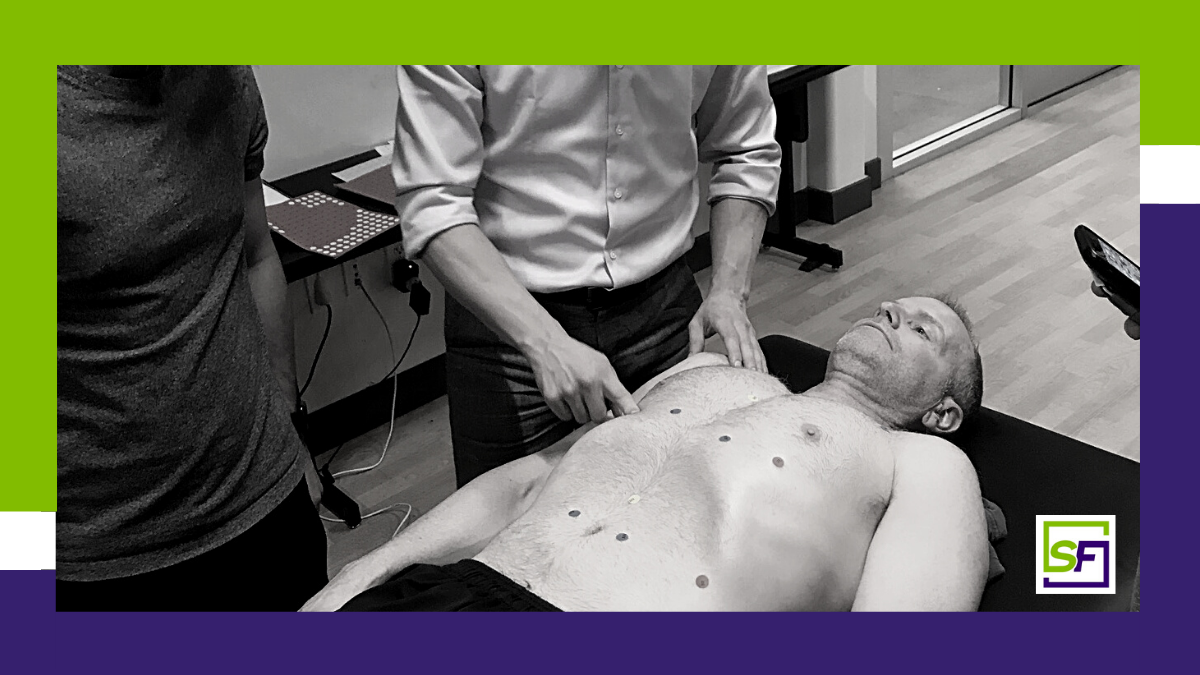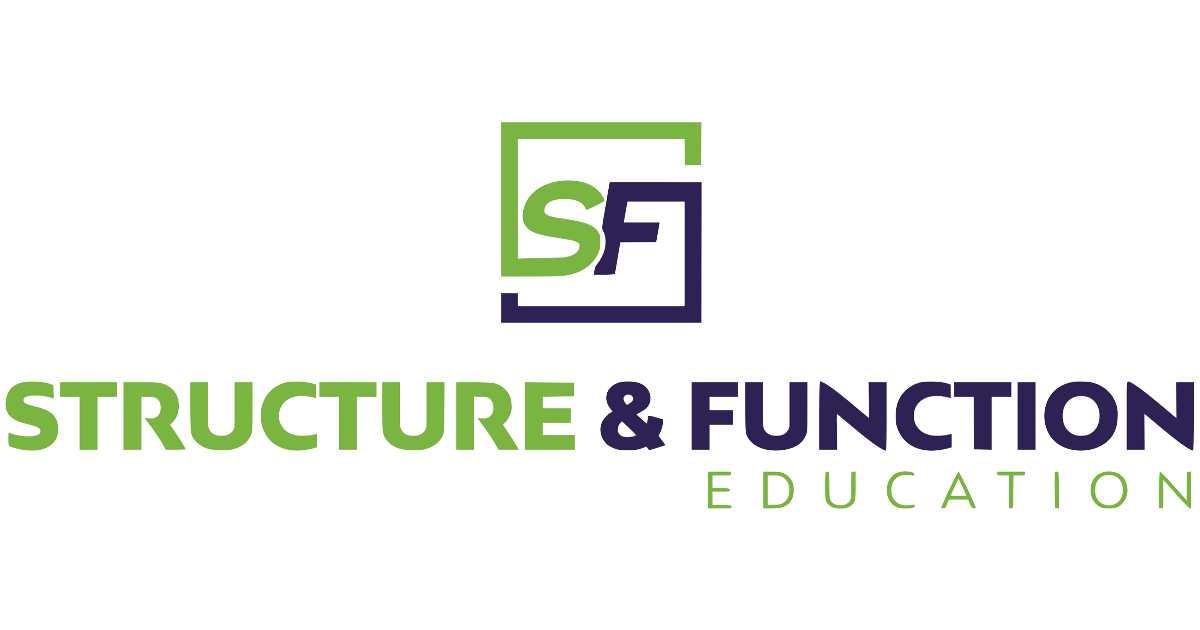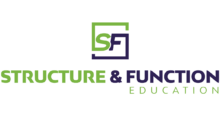
Course Description
In the Hybrid Fascial Manipulation®/Stecco®, Level 3 b (FM3), participants expand on their understanding of the biomechanical model to treat patients with multi-segmental dysfunctions more efficiently. This course allow the practitioner to treat musculoskeletal and internal problem simultaneously in complex patients who has visceral-somatic or somato-visceral compensations.
Hybrid Fascial Manipulation®/Stecco®, Level 3 b (FM3) helps to treat the patient in a global way; to treat locomotor system’s pains and disorders, which may be the consequence of an internal dysfunction; to treat and improve internal dysfunctions; to improve and complete the ability of the Fascial Manipulator.
Every day, the course includes practical exercises and in-depth analysis of clinical cases demonstrated by the instructors.
The Fascial Manipulation®/Stecco® Courses for global dysfunctions are aimed at healthcare professionals who have already completed Hybrid Fascial Manipulation®/Stecco®, Level 2 b (FM2).
Course Overview
It is specific for global dysfunctions related to internal fascia, The course presents:
- Anatomy, physiology and pathology of the internal fascia.
- Organ-fascial units and apparatus fascial sequences (catenaries).
- Microscopic and macroscopic autonomic ganglia
- Study of tensostructures and Organ-fascial Sequences
- Systems study with their internal and external components
- Palpatory verification for tensostructures, including defining the points that interfere with the peristalsis of the single organ-fascial unit.
- Palpatory verification for the catenary of trunk and controls, including the pivot and tensors of the limbs
- Working towards restoring the tridimensional biomechanics of the human body.
Hybrid Fascial Manipulation®/Stecco®, Level 3 b (FM3) Course Prerequisites:
As part of the learning process, Level 3 students will be required to present:
- Certification in Hybrid Fascial Manipulation®/Stecco®, Level 2 (FM2).
- Assessment Charts of cases treated after both their Level 1 and Level 2 certification for discussion.
How the course is presented
The course is presented in a Hybrid format that has an online learning portion that is to be completed prior to coming to the in-person workshop. A detailed description of individual sections is provided below.
The Hybrid Course Format
The Hybrid Format is divided into two parts called FM-3a and FM3b. The first part (FM-3a) is an online lecture with coursework and exams that is taken at least 6 weeks before taking the second part. The second part is an in-person workshop with lectures, demonstrations and lab practicals. You must attend all scheduled workshop days.
The Online Section
- Must be completed prior to attendance to in-person lab section.
- Exams must be completed and reviewed by instructors prior to attending the live in-person section.
- Lectures are approximately 10 hours.
- After purchase, course participants will get enrolled on the Stecco education Platform to review and complete the online portion.
The In-person Section
- Participants must attend all workshop days.
- Practical labs applying techniques learned.
- Instructor review of case studies on previous treatments performed by the participant.
Course Objectives
The course focuses on an in-depth study of the internal fascial system and its relation to internal organs and muscular systems. This is to establish the global approach of Fascial Manipulation®/Stecco® method for Internal Dysfunction treatments.
Students will learn about insertional and investing fascia, the fascia layers, relationships to visceral, vascular, and glandular organs, tensile structures, apparatus-fascial sequences and catenaries.
Tensile structures extend over body cavities guaranteeing the patency of their internal space, which allows both motility and mobility of the organs contained within. A tensile structure can be altered due to densification of the external fasciae, due to a problem within the musculoskeletal system, or due to an internal organ dysfunction that reflects its tension onto the container (wall of abdominal canister) via its fasciae.
Students will learn about the symptoms of fascia associated with internal dysfunction vs locomotor dysfunction. Develop an understanding about the Stecco Catenary biomechanical model and the anatomical components of an Organ Fascial Unit (OFU), a group of organs, glands or vessels that are united by a specific fascia, and the current theory on physiology.
The course teaches to create an assessment chart for a Fascial Manipulation for Internal Dysfunction (FMID) treatment along with diagnostic and treatment strategies of the fascia for locomotor problems and internal disturbances. This will include palpation and manipulation of the fascia, and using the Centres of Fusion to determine treatment of OFU and apparatus-fascial systems and determining effectiveness and next treatment steps creating a guide to effective treatment strategies.
The in-person workshop will provide an overall vision of how a healthcare professional conducts a treatment session. Offers instructor lead demonstrations and practical hands-on sessions between students. Group discussions on treatments and issues found in compiling assessment charts will enhance understanding of the standard treatment procedure and how previous knowledge from Level 1 and Level 2 integrate into the new methods.
At the completion of of the course
At the conclusion of the course, the participant should be able to:
- List the types of human internal fascia and understand the role of internal fascia in visceral pain. (Knowledge)
- Evaluate and treat somatic, viscera, vascular, glandular and psychogenic disorders within the Fascial Manipulation for Internal Dysfunction pathologies.
- Differentiate between somato-visceral and viscero-somatic type pain and assess the proper body tensostructures. (Analysis)
- Develop effective treatment for internal pain and visceral dysfunction and superficial fascia alteration. (Synthesis)
- Evaluate the quality of the internal fascia and superficial fascia through a specific palpatory verification resolving the tissue stiffness. (Evaluation)
- Differences between the symptoms of fascia of the locomotor and internal systems.
- Palpation and manipulation of the fascia for treatment of internal dysfunction.
- Palpation and manipulation of the fascia for treatment of apparatus-fascial systems.
What does a course day look like?
Each day will begin at 8:30 am and finishes around 6:00 pm.
At the conclusion of the complete course there will be an examination to appraise the level of understanding and skill level of the practitioner.
Upcoming Hybrid Fascial Manipulation®/Stecco®, Level 3 b (FM3) courses

Fascial Manipulation®/Stecco® 2025 Fall Course Bundle
To Be announced (Phoenix) Phoenix, AZ, United StatesFascial Manipulation®/Stecco® 2025 Fall Course Bundle.

Fascial Manipulation Level Three (FM-3) in Phoenix, AZ on Jan 30th, 2026
Stretch 2 Win 580 N. 54th St. Suite 1, Chandler, AZ, United StatesIn Phoenix, AZ, on January 30 - February 1, 2026; Learn Fascial Manipulation Level 3®. This course continues your education in Fascial Manipulation® Method. The Fascial Manipulation® curriculum takes a unique approach by looking at the body as a whole, not just “where it hurts” or where the problems appear to be. Fascial Manipulation® Level 3 helps healthcare professionals to treat the patient in a global way by expanding on their understanding of the biomechanical model to treat patients with multi-segmental dysfunctions more efficiently. This course allow the practitioner to treat musculoskeletal and internal problem simultaneously in complex patients who has visceral-somatic or somato-visceral compensations.
About Stecco
Fascial Manipulation® is a manual therapy that has been developed by Luigi Stecco PT, in collaboration with his children Carla Stecco and Antonio Stecco (both MDs, PhDs), over the last 40 years.
About Structure & Function Education
Structure & Function Education (SFE) provides world class education services to healthcare and sport performance professionals, so they in turn can elevate the lives of their patients. To do this, we empower our team members to combine the latest research and their clinical expertise to help create best practices in healthcare and sport performance. Structure & Function Education was founded with a rebellious spirit and lofty objective: to change the way medicine and sport performance interacts with each other throughout the world, for the betterment of our patients and clients.

